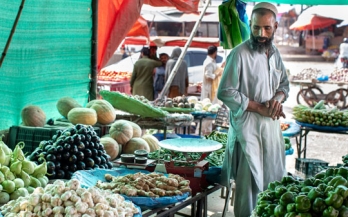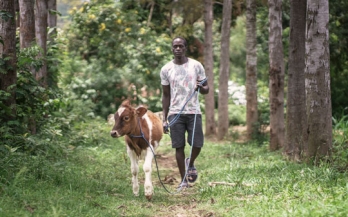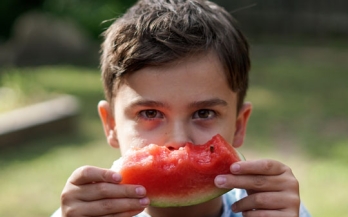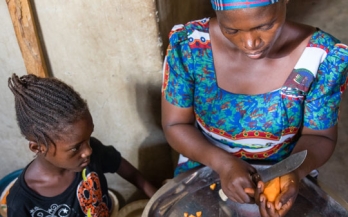In a cross-subsidisation model, one product is sold with a larger margin, with the excess profit used to subsidise another product sold at a smaller margin (e.g., by covering all or most company fixed costs with the higher-margin channel). BMR’s systematic review found several examples of companies using this strategy with the same product sold in different forms or settings to different groups of consumers.
Food loss and waste is a major problem worldwide: it is estimated that 14% of all food produced globally is lost between harvest and retail, while 17% is wasted. For the most nutrient-dense foods, which tend to be highly perishable, levels are even higher, exceeding 20% for the category of fruits and vegetables.
Companies entering the lower-income consumer market often adapt existing products to meet lower-income consumers’ needs—in particular, redesigning the product to improve affordability. One way to do this is to simply replace more expensive ingredients with cheaper alternatives, or omit certain ingredients altogether.
Food choice is complex. It involves psychological factors (like mood and preferences), sociocultural ones (like traditions and taboos), sensory appeal (like taste), health perceptions, ethical concerns (like animal welfare), social interactions (like peer influences), and socio-demographic aspects (like education).
Is it possible to leverage entrepreneurs and businesses to help tackle the poor diets of hundreds of millions of low-income people, and if so, how? And what evidence do we have to show it works? A new five-year GAIN programme, part of a larger initiative aiming to improve the diets of low-income African consumers, aims to help answers to these questions.





